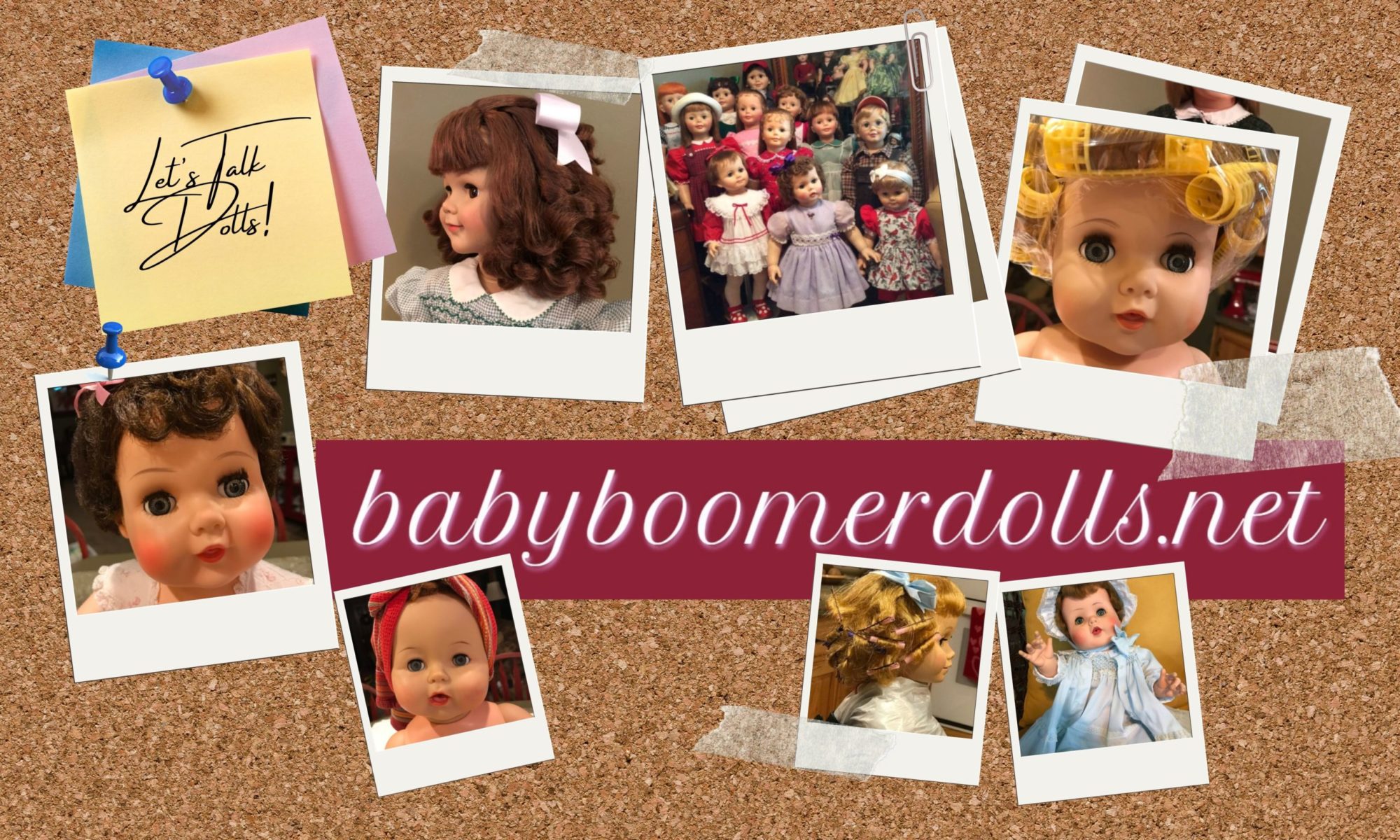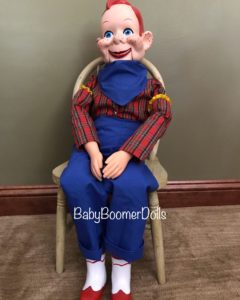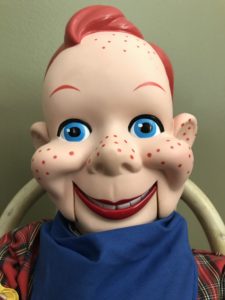Hello! Can you believe that August is just around the corner? I hope you are all well and enjoying the summer. Today I would like to briefly tell you of the history of Beatrice Alexander. She was and remains one of the most renowned doll manufacturers of this century.
To generations of women Beatrice Alexander needs absolutely no introduction. “It’s a Madame Alexander – That’s All You Need to Know” was the slogan printed on the boxes holding the prettiest and most beautifully dressed dolls. The Alexander Company has produced many of the most beloved dolls of the century. If you played with dolls, it is very likely that at least one of them was a Madame Alexander doll.
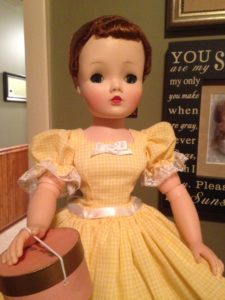
Beatrice Alexander Behrman was born on March 3, 1895, being the eldest of four daughters of a Russian immigrant who opened the first doll hospital in the United States. Beatrice was artistic. When WWI interrupted the import of bisque dolls from Germany, she seized the opportunity and designed and made Red Cross nurse dolls to be sold in her father’s shop.
In 1923, she founded the Alexander Doll Company and adopted the appellation Madame, giving her signature and her products the status that she made sure they deserved. In the middle of the Great Depression, she secured exclusive rights to manufacture a set of authorized Dionne Quintuplet dolls. Two years later, the film version of Gone With the Wind was made. She designed and produced a Scarlett O’Hara doll because she loved the novel so much. By the time the film was released, she had exclusive rights to manufacture the dolls.
Alexander’s dolls of the 1930s were made of composition . She switched to plastic after WWII. The plastic dolls produced by the Alexander Doll Company during the 1950s are considered to be among the most beautifully designed and dressed dolls in the industry.
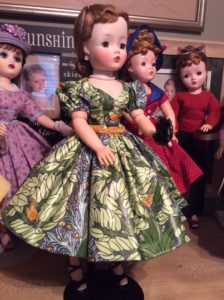
Alexander’s marvelous business sense and her energy was a renowned insistence on quality. The costumes she designed and produced for her dolls were their defining element and still considered to be the best in the doll business. All this, combined with her instinct for getting good publicity made her almost a legendary figure even outside the confines of the doll industry. She was one of very few whose name was recognized as well as favored by the general public.
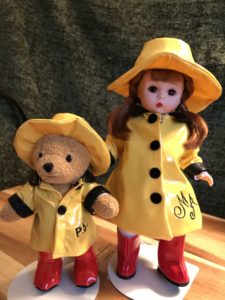
She went on to be commissioned to make dolls commemorating the coronation of Queen Elizabeth of England in 1953. The thirty-six dolls were magnificently dressed with every attention being paid to the smallest of details. Today, those dolls are the keystone of the doll collection of the Brooklyn Children’s Museum in New York. In 1965, on United Nations Day, Alexander was honored for her International Doll Collection. These were a group of eight-inch dolls authentically dressed in the costumes of every member of the United Nations. The dolls produced by the Alexander Doll Company are in the collections of the Smithsonian Institution in Washington, D.C.
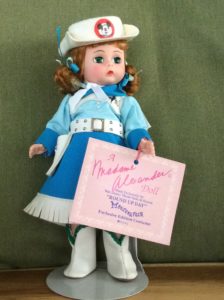
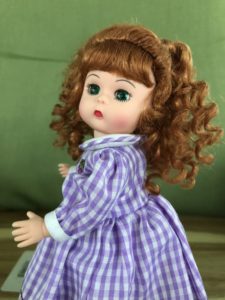
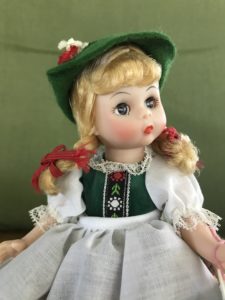
However, the Alexander dolls are not yet relics. After the death of Beatrice Alexander, at the age of 90, in 1990, the company floundered. Five years later, it was purchased by and investment team, Kaizen Breakthrough Partnership. At the factory, in Harlem, New York, more than 400 workers still produce dolls in the same hands-on way that they were made during Alexander’s peak years.
The main line of dolls is prized by collectors. Doting grandmothers and mothers who are unable to part with their own Alexander dolls buy similar dolls for their children and grandchildren. The company still prints the old slogan on the dolls’ boxes – “The Most Beautiful Dolls in the World Are by Madame Alexander. Millions of men and women of all ages agree.
Madame Alexander dolls are among some of my very favorites. How about you? Are you a fan of the Alexander dolls? Do you still have one from when you were a child? I hope you have enjoyed this brief synopsis of Madame Alexander and her many accomplishments. She has forever left her mark on the doll industry all over the world.
Please share this blog with a doll-loving friend and join us next time when we meet up here and “Let’s Talk Dolls.”
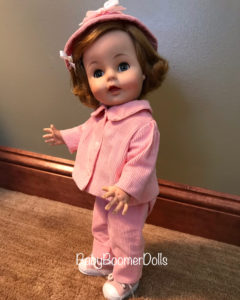
Hugs to All,
Lynn
BabyBoomerDolls
